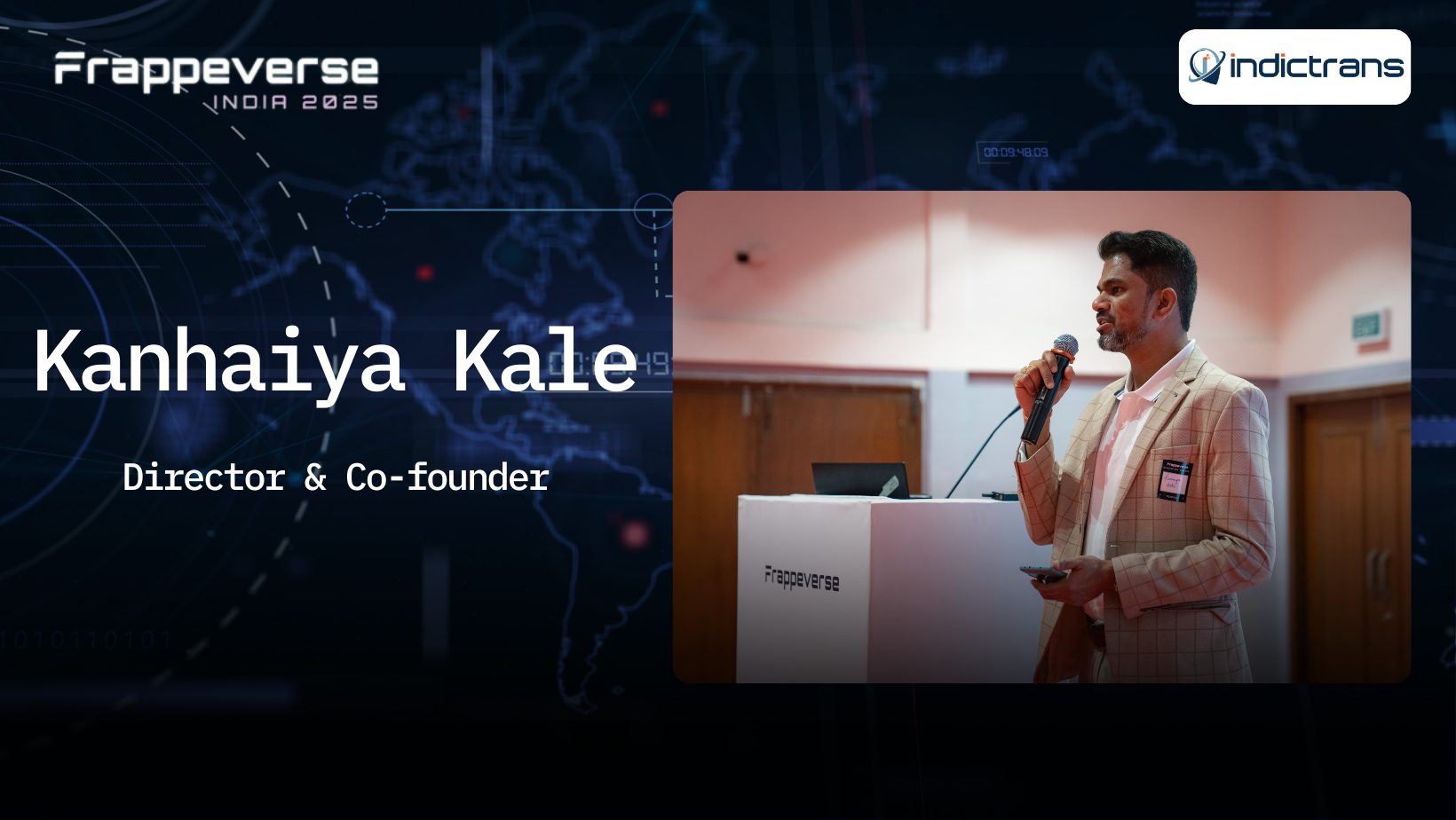Why HyperCare Was Important in This Project.
Accurate Powertech India Pvt. Ltd. had successfully gone live with ERPNext; however, as with
In many organizations, the post-implementation phase presented certain challenges, including
configuration refinements, customization needs, and evolving operational requirements. The
The HyperCare support phase played a vital role in stabilizing system performance, promptly
addressing issues and providing continuous guidance to ensure seamless business operations
and long-term ERP sustainability.
Client Overview.
About the Company: Accurate Powertech India Pvt. Ltd. is the All India No. 1 Dealer of Kirloskar Generators, with over 25,000 customers and a track record of 9 consecutive national performance awards. The organization focuses heavily on customer service quality, fuel-efficient generator solutions, and lifecycle value management, supported by an ISO 9001:2015-certified operational framework.
Departments Automated Using ERPNext
- CRM
- Sales & Rent Management
- Purchase & Vendor Management
- Inventory & Warehouse Management
- Project Management
The Challenges
1. Complexities from Extensive Customization: Highly tailored workflows occasionally led
to minor functionality issues in unique or non-standard scenarios.
2. Initial Configuration Limitations: Early-stage setup gaps resulted in some unexpected
behaviors within specific modules.
3. Evolving Business Requirements: Frequent changes in requirements introduced delays
and occasional scope adjustments.
4. Impact of Core Feature Modifications: Customization of standard ERPNext
functionalities sometimes affected related processes, requiring additional fine-tuning to
maintain overall system stability.
The Solutions Implemented.
1. Streamlined CRM Process Flow with HyperCare: Customized the CRM module to align with Accurate Powertech lead to quotation cycle, enabling smoother tracking of customer
interactions, follow-ups, and conversions.
2. Optimized DG Set Billing Process: Developed tailored workflows and automated
calculations for DG set billing to ensure accuracy, transparency, and timely invoice
generation.
3. Enhanced Rental Billing Operations: Implemented a structured rental billing
mechanism integrated with inventory and customer contracts, simplifying monthly
billing and reducing manual intervention.
4. Improved Stock Management: Configured and fine-tuned stock movement tracking,
ensuring real-time visibility of DG sets, rental assets, and related components across
multiple locations.
5. Custom Print Formats for Professional Output: Designed and deployed precise,
branded print formats for quotations, invoices, and delivery notes, enhancing document
consistency and client communication.
“Need post-go-live ERPNext support? Schedule a consultation now.”
Results & Impact:
- Efficiency Improvement:
The client reported a 67% to 70% increase in overall operational efficiency after
migration.
- Customer Satisfaction:
Satisfaction level recorded at 83%
- Tickets Handled:
Total Tickets: 248
– 100 tickets related to bugs, functional queries, and server issues
– 148 tickets were small tasks, change requests, etc.
Key Findings.
1. ERP Stabilization is Iterative, Not Instant
Post-go-live success required continuous refinement. Small configuration fixes and
Workflow clarifications had a major impact on usability and data accuracy.
2. CRM and Billing Workflows Must Reflect Real Business Cycles
Optimizing lead-to-quotation and DG/rental billing workflows reinforced the need to
align ERP processes closely with actual field, sales, and rental routines, rather than
relying on generic defaults.
3. Balance Between Customization & Core Functionality Is Critical
Customizing selectively (only where it delivered real operational value) helped maintain
system integrity and ensured future compatibility, especially important during the v10 →
v15 upgrade journey.
Take a look: ERPNext Implementation for PRADAN: India’s Largest NGO.
Key Learnings for the Post Go-Live Support Team Going Forward
1. Treat HyperCare as an enablement phase, not just issue resolution
2. Establish a validation checklist before deploying workflow or configuration
updates
3. Document Custom Processes clearly for internal teams
4. Monitor critical workflows proactively
5. Keep a balance between business demands & system scalability
6. Maintain continuous communication with business stakeholders
“Partner with an ERPNext specialist for smoother operations.”







